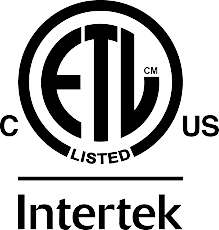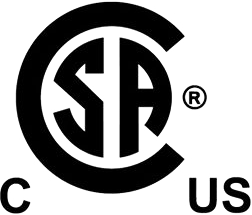Direct/Indirect Evaporative Cooling
Direct/Indirect Evaporative Cooling
Evaporative cooling is the most energy efficient and cost effective form of cooling that exists...and an indirect/direct system offers the closest performance to a DX system...but equipment cost is lower than a refrigeration system, installation is simple and inexpensive, and operating costs are a fraction of refrigeration systems. Evaporative cooling units are also environmentally friendly as they cool efficiently without the use of compressors or HFC refrigerants.
An evaporative cooling ventilation system provides fresh air to the building; forcing the hot, stale air out. These units provide maximum comfort when you need it the most. The hotter and drier the air, the greater the cooling effect.
The Indirect/Direct version also has a direct evaporative module downstream of the indirect section. This section will lower the dry bulb temperature even more while adding moisture to the airstream.
How Direct/Indirect Evaporative Cooling Works
An indirect/direct evaporative cooling system combines two stages of evaporative cooling. The first stage is the "indirect" stage. In this stage air is cooled by passing over a heat exchanger that has cooled water pumped through it. The water that is pumped through heat exchanger can be cooled in several fashions but in this case the water is cooled in an evaporative cooling tower that is attached to the unit and the water flows through a conventional copper tube/aluminum fin coil. Water does not touch the resulting cool air.
The second stage is a direct evaporative cooler. A direct evaporative cooling system works by using a fan to draw outside air through a cellulose or fiberglass media that has been saturated with water. Due to the internal geometry of this media, a turbulent mix of air and water is created which optimizes heat transfer. An air washing effect is also created which removes most dust and dirt from the air stream before the air flows into the work area providing a clean, cool environment.




